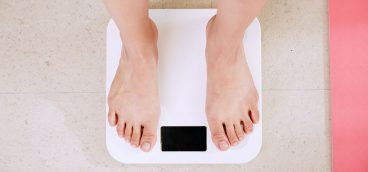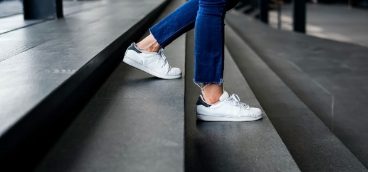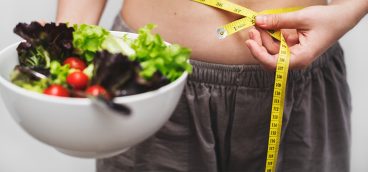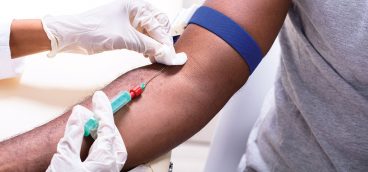
Question: I was recently informed that I may be suffering from osteoporosis or weakening of the bones. What if anything can I do to improve my bone health?
Take some solace in the fact that your situation is not uncommon. Osteoporosis, which literally means “porous bone,” is a condition where the quality, quantity and strength of our skeletal system and bones is reduced, making it more likely that we may break a bone or suffer a fracture while performing even routine physical activities. An estimated eight million women and two million men in the United States have osteoporosis which is indirectly responsible for more than two million fractures each year, and experts believe that number will rise as our population ages. Hip fractures are usually the most serious. Six out of 10 people who break a hip never fully regain their former level of independence. Even walking without assistance may become impossible.
You may be surprised to know that bone, even though it seems to be rock hard, is a living tissue that throughout our life is constantly being renewed. As older bone breaks down it is replaced with new bone which serves to keep our skeleton strong. For people with osteoporosis however, more bone is lost than is replaced. As a result, bones gradually become weaker, more brittle, and are more likely to break. A combination of age-related physical changes coupled with lack of physical activity and poor nutrition work in concert to gradually reduce bone mass at an average rate of 1% per year after age 40. As bones grow more fragile and susceptible to fracture, they are more likely to break after even a minor fall.
Maintaining strong bones, particularly as we get older, is a goal that everyone should strive for. Our skeletal system plays an essential role in supporting body weight during routine physical activities such as walking and jogging, and more so in sports such as soccer, hockey, and basketball. Strong bones also enable us to safely push, pull or lift heavier objects that place physical stress on our skeletal system. Suffice to say, taking measures to prevent, or at least minimize, the onset of osteoporosis should be a priority for all of us.
There are several factors that can increase the likelihood of developing osteoporosis. Some of these factors are within our control, some are not.
Non-controllable risk factors include…
Gender. Although both men and women can develop osteoporosis, women are at higher risk than men. Women, in general, have smaller skeletons than men, their bone loss begins earlier, and they have lower bone density than men to begin with.
Family History. Genetic traits that you may inherit from your parents can influence bone structure and bone strength.
Aging. As we get older the risk of developing osteoporosis becomes greater, particularly with women. The Centers for Disease Control and Prevention (CDC) estimates that 16% of women and 4% of men over the age of 50 years show signs of reduced bone strength and osteoporosis.
Controllable risk factors deal primarily with lifestyle choices and include…
Exercise. When a person is physically active on a regular basis their bones become stronger. Conversely, if a person lives a sedentary life, inactive most of the time, then bone formation slows. According to the Harvard Medical School a physically active lifestyle can reduce the risk of fracture of the spine by up to 50%.
Diet. Inadequate calcium intake can lead to lower calcium levels in the blood. To compensate the body releases calcium from our bones, which makes the bones weaker. Our body also requires sufficient levels of vitamin D do absorb calcium from the blood, so a diet deficient in vitamin D can further weaken bones.
Smoking. Research shows that smokers on average lose bone faster than non-smokers. It is believed that smoking may interfere with the absorption of calcium and, in women, lower the amount of estrogen that the body produces. Estrogen has a protective effect on bone strength.
Alcohol Consumption. Drinking too much alcohol can also affect bone health. It appears that excessive alcohol consumption can impede bone formation and interfere with the body’s ability to covert inactive vitamin D to an active form. People who consume more than two alcoholic drinks per day are thought to have an increased risk of poor bond density when compared to non-drinkers.
What you can do…Even though some of the risk factors are out of our control, you are not at the mercy of your genes! Be proactive! Don’t wait until you suffer a fracture to take steps to improve bone health. Focus on risk factors that you can control! Eat a healthy diet that includes adequate amounts of calcium and vitamin D. Don’t smoke – for a variety of health-related reasons. Limit alcohol consumption and pursue a physically active lifestyle that includes strength (resistance) training. Numerous studies have shown that strength training can play an important role in slowing bone loss, and in some cases, can promote bone growth. Any weight-bearing exercise that puts stress on your bones, activities such as tennis or basketball that provide impact and involve sudden changes of direction, can stimulate bone-forming cells into action., The result is stronger, denser bones and an improved quality of life.









